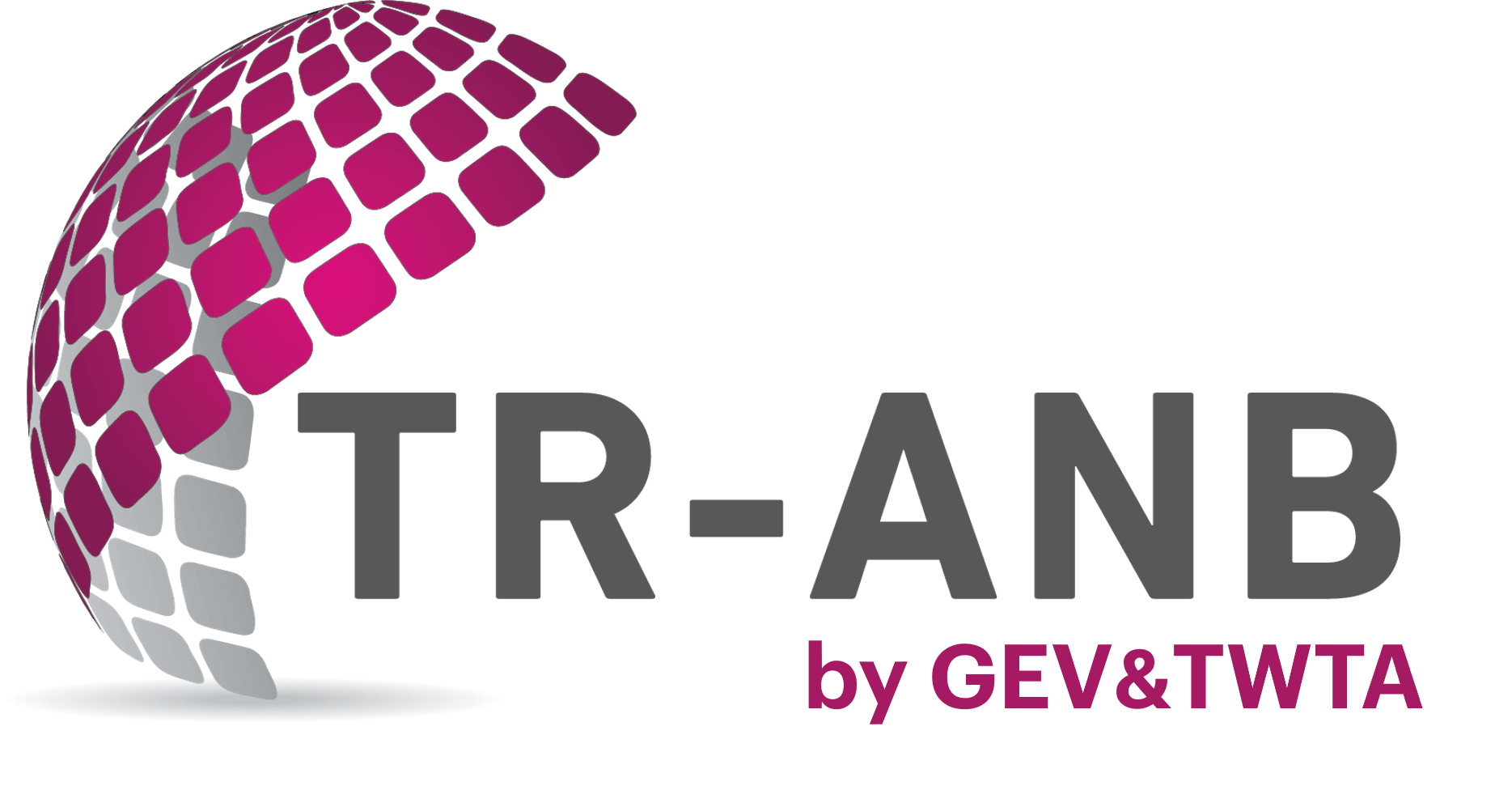This study, conducted by Rudra Pratap Singh et al. , focuses on optimizing the Submerged Arc Welding (SAW) process to achieve high-quality weld joints in thick metal materials.
Input Parameters:
Key input parameters influencing weld quality in the SAW process include welding current, welding voltage, wire feed rate, and carriage travel speed.
Research Methodology:
In the study, 16 welded joints were trained using artificial neural networks (ANN) implemented in a C++ program. Additionally, nine welded joints were used for testing and validation.
The program was designed to predict the optimum values of workpiece hardness based on known input parameter values (current, voltage, feed rate, and travel speed).
Results and Findings:
A sensitivity analysis was performed to evaluate the effects of input parameters on weld hardness.
The input parameter values required to achieve optimum hardness were successfully predicted.
This study demonstrates that artificial neural networks can be an effective method for optimizing hardness values in welding processes.
#SAW | #hardnessoptimization | #artificialneuralnetworks | #processparameters | #sensitivityanalysis
For a detailed review, you can access the related study here.

